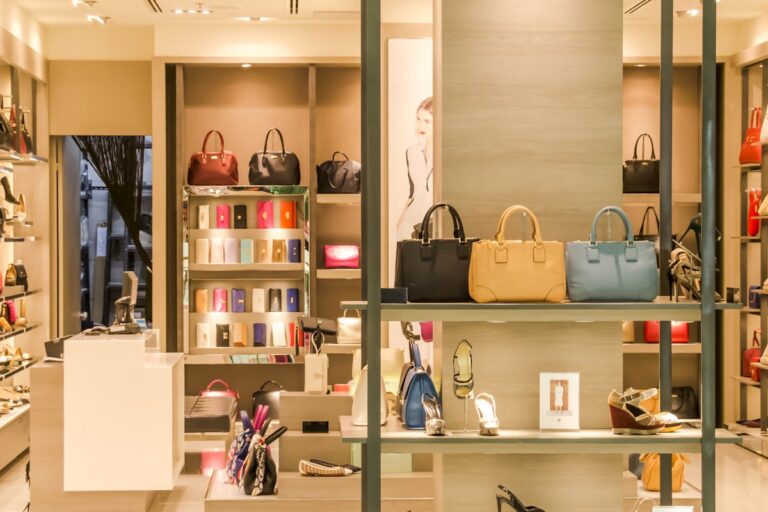The French fashion monogram since 1962 has become a symbol of elegance, heritage, and timeless style, representing the essence of sophistication in the fashion world. From its origins to its influence on global trends, the monogram has left an indelible mark on luxury and high fashion. This article delves into the journey of this iconic symbol, its impact, and its enduring legacy.
The Birth of a Symbol
The year 1962 marked a pivotal moment for French fashion when a leading design house introduced a monogram that would go on to redefine luxury branding. Rooted in a rich cultural heritage, the monogram symbolized not just fashion but also the prestige associated with France’s design prowess.
Drawing inspiration from classical art and typography, the monogram seamlessly combined intricate aesthetics with simplicity. Its creation was intended to communicate exclusivity, setting the brand apart in an increasingly competitive industry.
The Evolution of French Luxury
Luxury in France has always been deeply intertwined with tradition and innovation. The introduction of the monogram in 1962 highlighted how French designers balanced both aspects, creating symbols that resonated universally. Over the decades, the monogram became more than just a logo; it evolved into a storytelling device.
Designers adapted the monogram across collections, reinterpreting it in new materials, styles, and artistic expressions. This adaptability ensured its relevance, as the monogram mirrored the changing tastes and trends of the times while retaining its core identity.
Craftsmanship and Artistry
The craftsmanship behind the French fashion monogram since 1962 reflects the meticulous artistry that defines French luxury. Each iteration of the monogram showcases unparalleled attention to detail, emphasizing quality over quantity.
Artisans who bring the monogram to life combine traditional techniques with modern innovation. The use of premium materials such as fine leathers, silks, and metals enhances the monogram’s visual and tactile appeal, making it synonymous with exclusivity and refinement.
The Monogram as a Cultural Icon
The French fashion monogram since 1962 transcended its original purpose, becoming a cultural icon. It has graced red carpets, adorned influential personalities, and even found its way into art exhibitions.
The monogram’s presence in popular culture cemented its status as a symbol of aspiration. Celebrities and tastemakers flaunted monogrammed accessories, contributing to its allure and desirability among a global audience.
The Role of Branding
Branding played a crucial role in the success of the French fashion monogram since 1962. By integrating the monogram across advertising campaigns, product designs, and store layouts, French fashion houses created a consistent identity.
This strategic branding approach fostered a sense of loyalty among consumers, who associated the monogram with luxury, status, and timelessness. Over time, the monogram became a shorthand for the values and ethos of the brand it represented.
Innovations in Design
While the monogram retained its classic essence, designers continuously innovated to keep it fresh and relevant. Limited-edition collections, collaborations with artists, and experimental designs introduced the monogram to younger audiences.
Incorporating bold colors, abstract patterns, and modern silhouettes, these reinterpretations appealed to evolving consumer preferences. Yet, the core design of the monogram remained untouched, ensuring continuity amidst change.
The Global Influence
The influence of the French fashion monogram since 1962 extends far beyond France. It has become a benchmark for luxury brands worldwide, inspiring other designers to create their own monograms.
In markets like the United States and Asia, the monogram gained immense popularity, symbolizing sophistication and exclusivity. Its global appeal underscores its universality while highlighting the unique craftsmanship that French fashion represents.
Sustainability and Ethical Practices
In recent years, the French fashion industry has embraced sustainability, and the monogram’s journey is no exception. Brands have begun using eco-friendly materials and ethical production practices, ensuring the monogram aligns with contemporary values.
These initiatives reflect the adaptability of the monogram, as it continues to represent not only luxury but also responsibility in an evolving world.
Collectors and Legacy
The French fashion monogram since 1962 holds a special place among collectors and enthusiasts. Vintage pieces featuring the monogram are highly sought after, often fetching significant prices at auctions.
This enduring demand highlights the monogram’s timeless appeal and its role as an investment piece. For many, owning a monogrammed item is not just about fashion but also about preserving a piece of history.
The Future of the Monogram
As fashion evolves, so does the role of the French fashion monogram since 1962. With advancements in technology, including digital fashion and augmented reality, brands are exploring new ways to showcase the monogram.
The integration of the monogram into virtual spaces ensures its relevance in a digital-first world, while its physical presence continues to captivate traditional audiences.
Conclusion
The French fashion monogram since 1962 is a testament to the enduring power of design, craftsmanship, and branding. Its journey from a simple logo to a global icon underscores its significance in the world of luxury fashion.
As it continues to evolve, the monogram remains a symbol of elegance, heritage, and innovation, inspiring future generations and maintaining its place as an emblem of French excellence.

